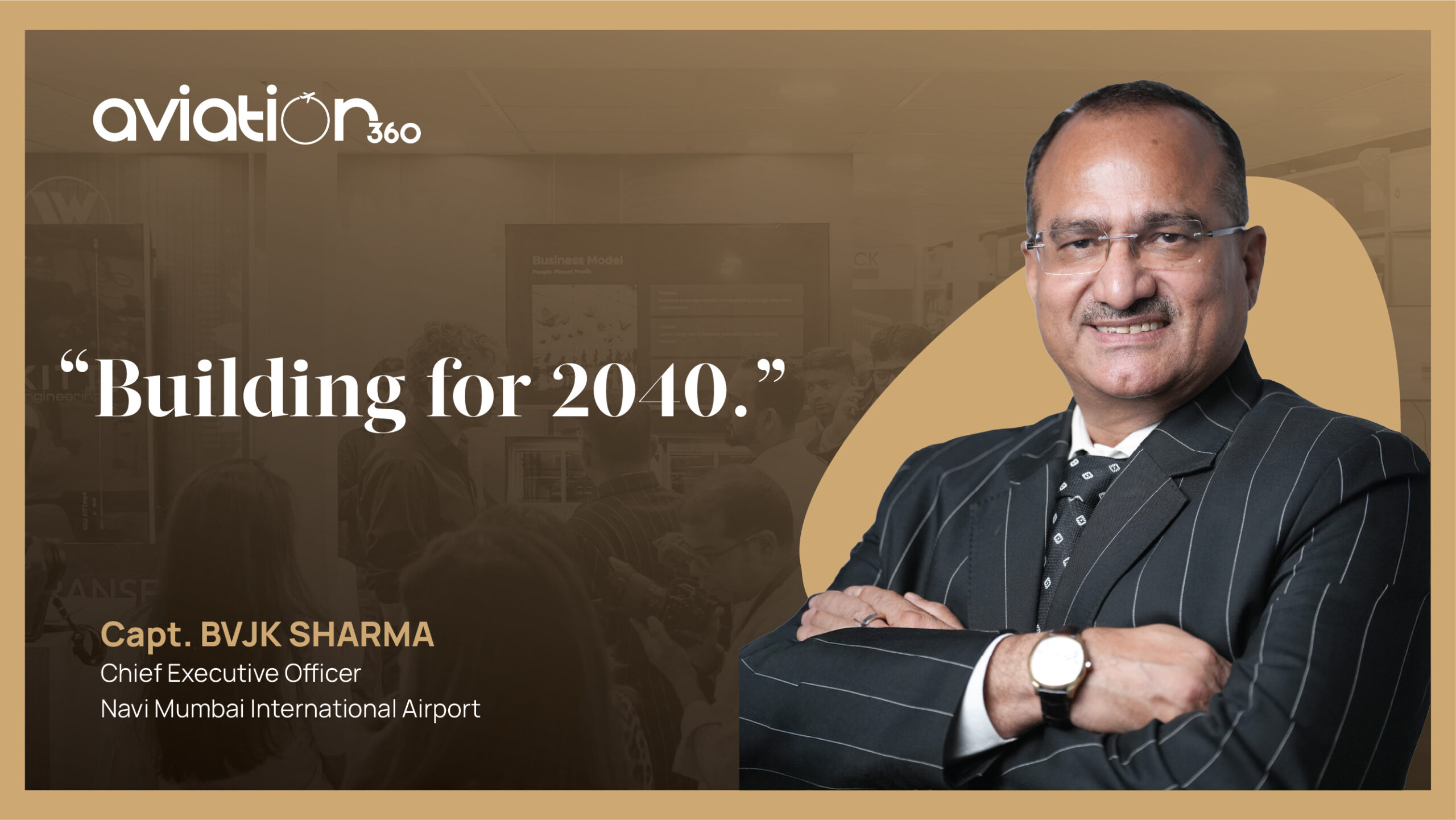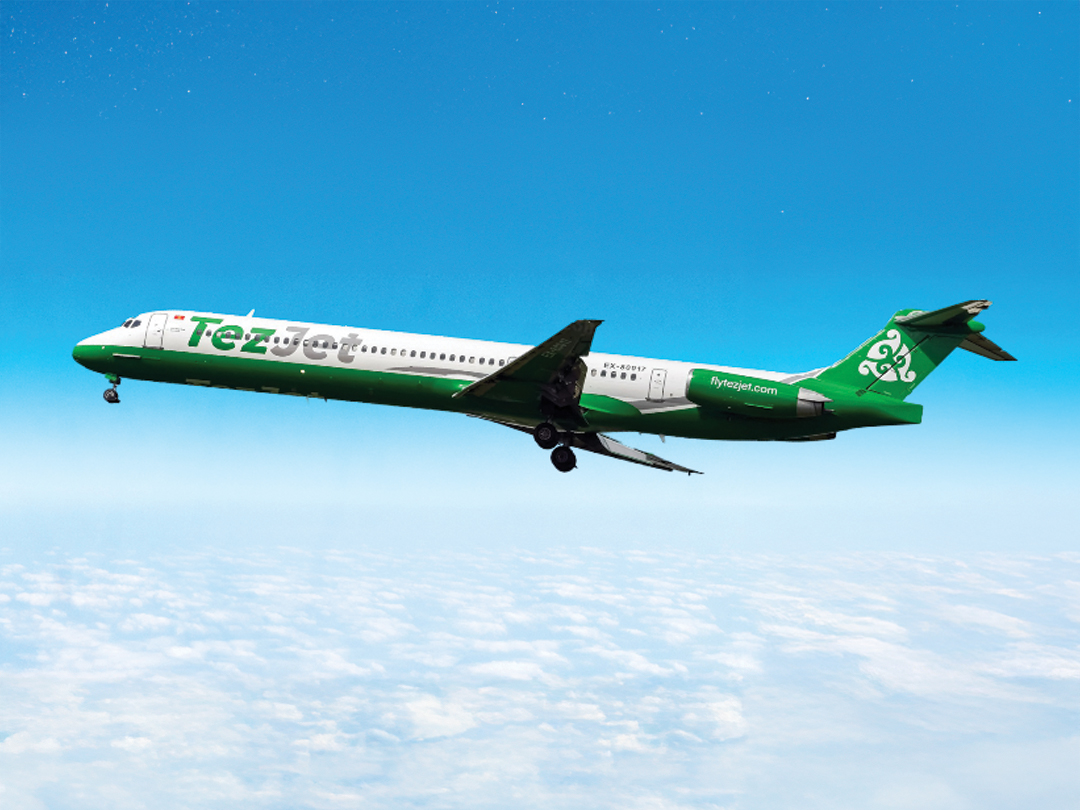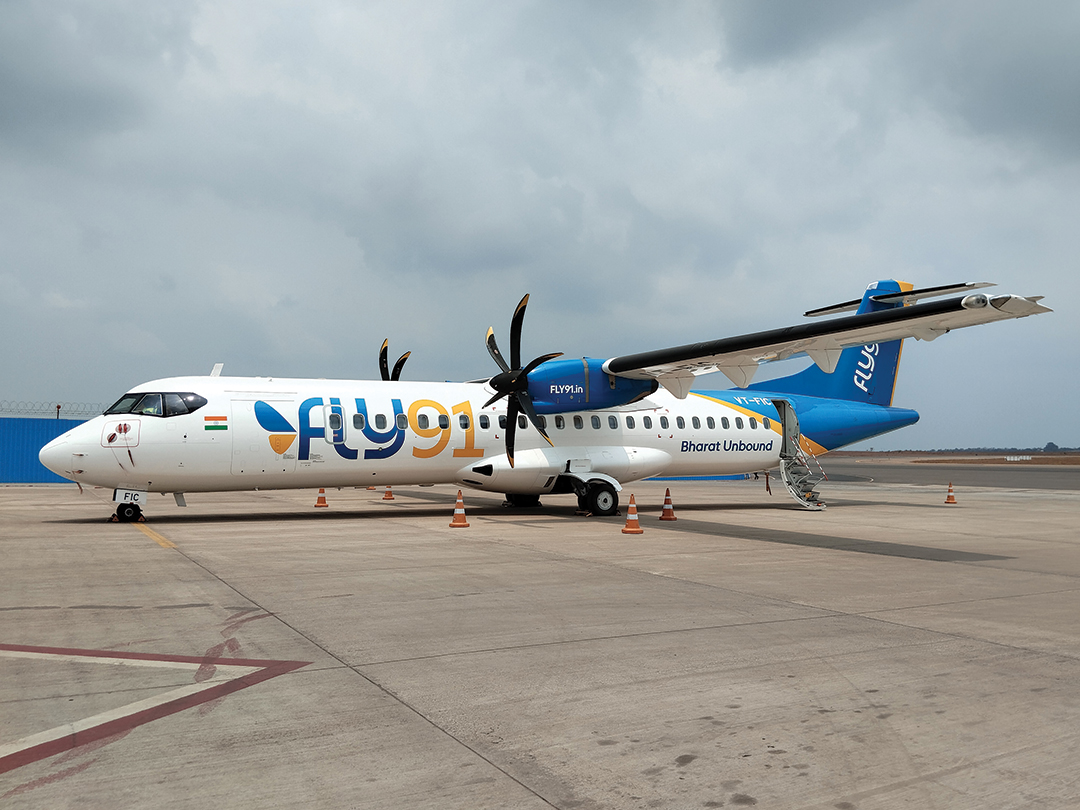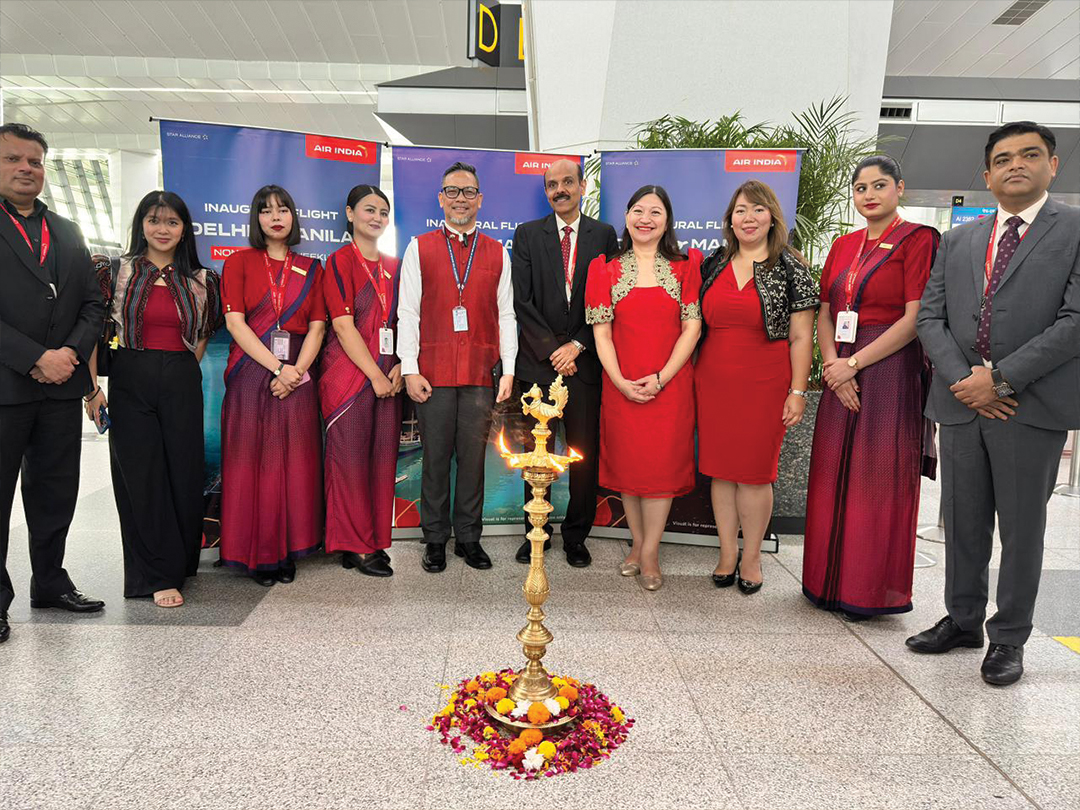As airlines gear up for operations beginning December, the new airport stands as a beacon of modernization and ambition for India’s aviation future.
A new dawn: Navi Mumbai International Airport inaugurated
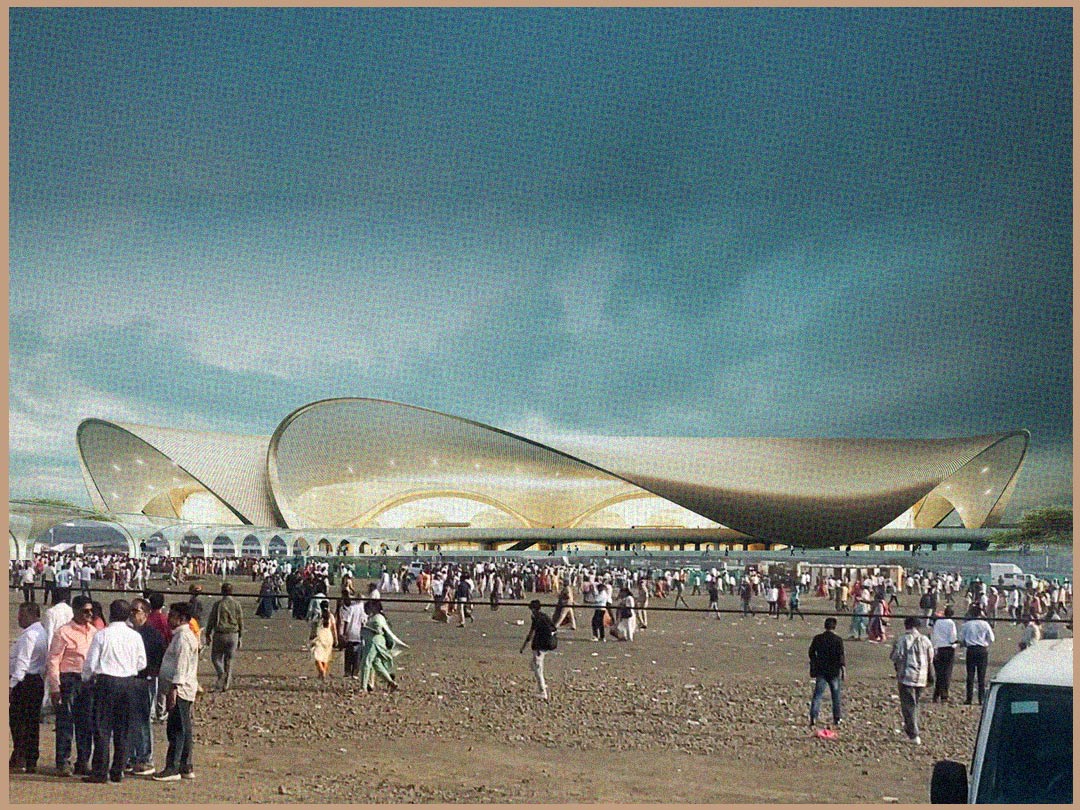
Navi Mumbai: In a landmark moment for India’s aviation and urban infrastructure, Prime Minister Narendra Modi formally inaugurated the first phase of Navi Mumbai International Airport (NMIA) on Wednesday, 8th October.
The gleaming new greenfield airport, developed under a public‑private partnership by the Adani Group and CIDCO, signals a leap toward modern, world‑class connectivity for the Mumbai Metropolitan Region.
Situated on 1,160 hectares in Navi Mumbai’s Ulwe area, about 37 km from South Mumbai, the airport’s first phase is ambitiously built to handle 20 million passengers annually and manage 0.8 to 1.0 million metric tonnes of cargo. The airport features a 3,700‑metre runway capable of accommodating large wide‑body aircraft, including the Airbus A380.
PM Modi said, “Navi Mumbai International Airport is a project which reflects ‘Viksit Bharat’… With this new airport, farmers in Maharashtra will be connected to the markets of the Middle East and Europe. This will attract investment and new businesses to the area.”
He also pointed to the airport’s design crafted by award‑winning Zaha Hadid Architects. The sculptural columns resemble unfolding petals and mega roof canopies engineered for strength.
“The airport’s lotus‑shaped structure reflects our heritage and culture. It will boost trade with other countries and enhance access to the global market.”
Modi underscored the strategic dimension, stating with confidence that the aviation sector is central to India’s economic future, “Our target is to make India a global aviation’s Maintenance, Repair and Overhaul (MRO) hub by the end of this decade.
Digital, sustainable, and connected
NMIA stands out not only in scale but also in its embrace of modernity. It is being billed as India’s first fully digital airport, with features like paperless operations, digital immigration, online baggage drop, and real‑time tracking via airport‑app systems.
On the sustainability front, the airport will generate solar power (approximately 47 MW), include infrastructure for sustainable aviation fuel (SAF), and operate electric buses for internal and external connectivity.
Connectivity is central to NMIA’s design. Alongside high‑standard road and highway links, the airport will be one of the first in India to integrate water taxi services.
The Automated People Mover (APM) system will connect multiple terminals internally, easing passenger movement across the campus.
Chief Minister Devendra Fadnavis also announced that the airport would bear the name Dinkar Balu Patil in honour of the late leader who worked for land‑owner rights, adding local resonance and recognition.
Expanding capacity and economic promise
While the first phase lays down the foundation, plans are robust for expansion.
Subsequent phases will add terminals and a second parallel runway, with the airport’s capacity projected to reach 90 million passengers annually and over 3 million metric tonnes of cargo.
The project is expected to generate significant economic activity: boosting trade, creating jobs, and easing congestion at the overburdened Chhatrapati Shivaji Maharaj International Airport.
Speaking at the launch, leaders emphasized NMIA as more than just an airport. It is a symbol of India’s vision for “developed infrastructure,” a testament to skilled craftsmanship, engineering, and planning.
Union Civil Aviation Minister Ram Mohan Naidu Kinjarapu also addressed the gathering, framing NMIA as a symbol of renewed promise for Maharashtra and the nation. He said, “Navi Mumbai has emerged as a symbol of new hope and aspirations. With this world‑class international airport, it now stands as a symbol of India’s growing stature on the global stage.”
Complementing the existing Chhatrapati Shivaji Maharaj International Airport (CSMIA), NMIA will relieve pressure on Mumbai’s overburdened airspace and infrastructure.
As airlines gear up for operations beginning December, the new airport stands as a beacon of modernization and ambition for India’s aviation future.
Subscribe to Our Newsletter
Keep in touch with our news & offers
Thank you for subscribing to the newsletter.
Oops. Something went wrong. Please try again later.




